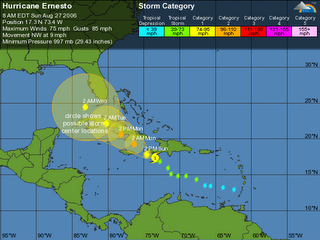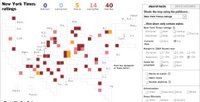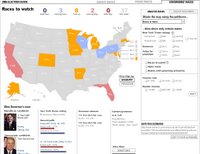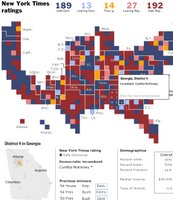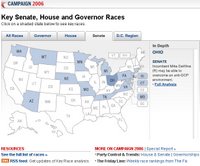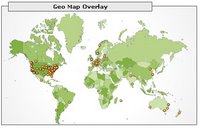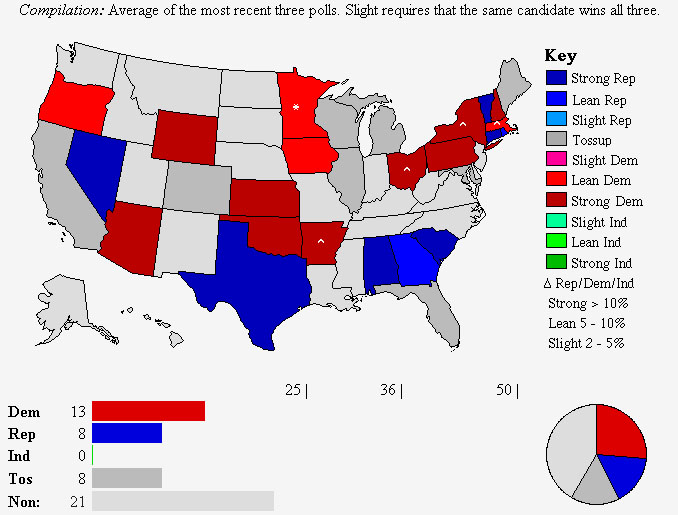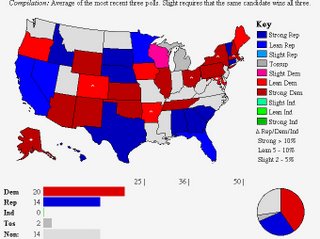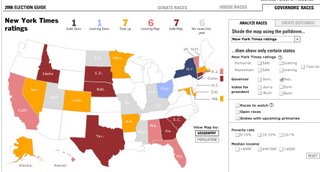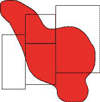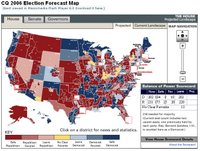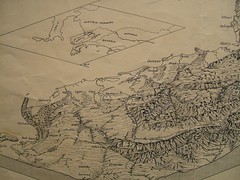Today's article in The Guardian by Philip Purser-Hallard about Philip K. Dick's drug use repeats the myth that Dick was a consistent and avid consumer of drugs, and that this is the key to his success as a writer:
Many of Dick's writings contain such pharmaceutical themes, with their protagonists (usually cops) suffering catastrophic changes in perception, often brought about by exotic substances. These "reality shifts" generally lead to an understanding of the true nature of the universe - an effect that Dick, whose drug intake was as prolific as his fiction output, believed he had experienced personally...
His writing had always been fuelled by vast quantities of amphetamines, but he soon branched out into marijuana, mescaline, LSD, sodium pentothal and even PCP...
Dick's relationship with drugs is far more complex than Purser-Hallard suggests. By highlighting, even glorifying, the drug use it gives the impression that Dick's life was primarily oriented around drugs, and rather cheekily suggests that his fiction was inspired by drugs.
What's funny is that this is a comment on Dick's most moving work, an
anti-drug novel,
A Scanner Darkly. This book, published in 1977 is often cited as a turning point in Dick's relationship with drugs. It's a pretty dark book, about how a drug (Substance D for death) can fry your brains.
According to his
biographers, Dick's main drug was speed or uppers, which he started using early in his career to produce enough wordage to support himself (early sci-fi magazines in the 50s and 60s paid by the word). By the 1970s he had had enough of drug use and often volunteered at anti-drug meetings and talks to youth groups. Writing to the county drug abuse program in late 1972--five years
before the publication of
A Scanner Darkly, Dick said:
Street drugs--especially heroin--are the most serious problem in this country, and perhaps the world, today (source)
"Heroin was one drug Dick never did mess with" according to Lawrence Sutin, his biographer (p. 192). "Never again did Phil take speed on a regular basis" (p. 194).
Dick also wrote to his former doctor that Fall that since his treatment in a Canadian drug clinic he was "without any chemicals; I take no legal drugs either, no tranquilizers or anything. We don't even have an aspirin in the apartment" (
Letters of Philip K. Dick 1972-73, pp. 67-8).
A Scanner Darkly was written during late 1972 and 1973, exactly at the time then when he was clear of drugs, and as far as I know never again seriously did drugs. In fact his most stunning and visionary work such as
VALIS,
The Divine Invasion, his
Exegesis etc. in other words all the 2/3-1974 stuff, occurred after his rehabilitation at X-Kalay. Well OK, there
was one drug that he took in large quantities--snuff.
Reducing the story of Dick's work and life to drugs is I think just lazy and facile. There's more than enough of interest in the work itself to keep people busy.
Scanner Darkly (the film) is now going into wide release. It's a fairly close adaptation of the novel but suffers from the rotoscoping technique somewhat, but more importantly manages to dilute the impact by concentrating too much on stoner-hippie yucks (Woody Harrelson is particularly guilty here, and Keanu Reeves' laid back style is infused with it). A lot of this is played for straight laughs where Dick played it for dark comedic perspective on how drugs fry your brain--the number of gears on the bike scene for example.
It's this scene which in the book first alerts the authorities that the protagonist, Bob Arctor, is in cognitive trouble, because he's there and can't figure out the gears either. In the book they all traipse outside and ask the first person they meet--a 17-year guy--where the "missing" gears are, and he calmly explains it to them. The contrast between the young man "driving an incredibly beat-up old transportation-type car" and the group is written by Dick as a sad commentary on their confusion and child-like intelligence:
"None of you could look at the bike and perceive the simple mathematical operation involved in determining the number of its very small system of gear ratios." In the deputy's voice Fred heard a certain compassion, a measure of being kind. "An operation like that constitutes a junior high school aptitude test. Were you all stoned?"
"No," Fred said.
The other key scene in the book is where Arctor wakes up and sees his one-night stand morph into his girfriend, Donna. The fact that this is recorded on tape and later viewed by Fred (his alter ego) shows something deeply troubling that raises all kinds of Dickian possibilities. It's not just Arctor having a drug episode because the morph (and here the rotoscoping does come into good effect) can be viewed by Fred the cop persona. But is therefore Fred also under the influence? Or did somehow reality change in some way? To reveal some deeper reality?
Dick says in an afterword that the book has no moral: "it does not say they were wrong to play when they should have toiled; it just tells what the consequences were." But it's clear the price is too high:
In this particular life-style the motto is 'Be happy now because tomorrow you are dying,' but the dying begins almost at once, and the happiness is a memory.
